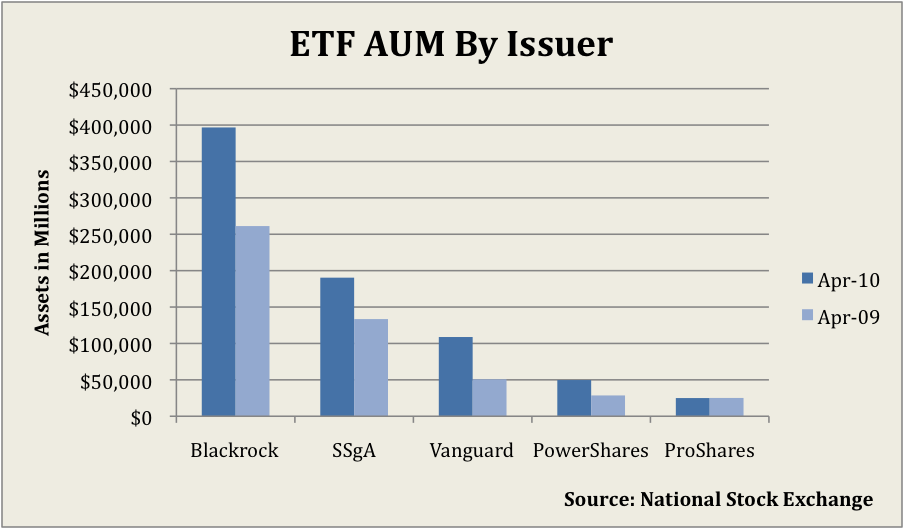Income ETFs
Post on: 11 Июнь, 2015 No Comment

Investment case
Income investors can lower costs, improve flexibility and reduce their tax bill by switching from mutual funds to exchange traded funds (ETFs).
Lower costs means more income
ETFs have an expense ratio that is, on average, 100 basis points lower than the average mutual fund. On a $1 million portfolio, that adds up to $10,000 a year in additional income just by switching to ETFs.
Trade when you want
Mutual funds require that investors buy and redeem after the market is closed at a price that is revealed after the fact. ETFs empower income investors to buy and sell funds anyttime the market is open and in control of the price.
No capital gains distributions means a smaller tax bill
Investing in mutual funds opens up investors to a potential capital gains distribution tax liability. Some experts estimate that captial gains tax bill hurts mutual fund investors to the tune of 200 basis points every year.
On a $1 million portfolio, that’s an additional $20,000 of income that is lost by sticking with mutual funds. The structure of ETFs mostly eliminates the capital gains distribution headache.
Overview
Income investors looking to generate cash flow with ETFs can choose from fixed income, dividend and international funds.
There is an ETF for almost every category of fixed income security. The most popular Government ETF is iShares’ $9 billion Lehman 1-3 Year Treasury Bond Fund (SHY ). The fund tracks an index that includes all publicly issued, U.S. Treasury securities that have a remaining maturity of between 1 and 3 years. As of 7/16/08, the distribution yield was 3.2%.
Vanguard offers the Vanguard Total Bond Market ETF (BND ).
The fund tracks an index that measures a wide spectrum of public, investment-grade, taxable, fixed income securities in the United Statesincluding government, corporate, and international dollar-denominated bonds, as well as mortgage-backed and asset-backed securities. The weighted average maturity is 5 to 6 years and carries a yield of 4.8% as of 7/16/08.
State Street’s SPDR Lehman High Yield Bond ETF (JNK ) includes publicly issued U.S. dollar denominated, non-investment grade, fixed-rate, taxable corporate bonds that have a remaining maturity of at least one year, regardless of optionality, are high-yield using the middle rating of Moody’s, S&P, and Fitch, respectively. As of 7/16/08, the ETF’s current yield was 9.8%.
The largest dividend ETF is the $5.7 billion iShares’ Dow Jones Select Dividend Index Fund (DVY ). The ETF tracks an index that screens stocks by dividend-per-share growth rate, dividend payout percentage rate and average daily dollar trading volume, and selects based on dividend yield. As of 7/16/08, the fund’s distribution yield was 5.1%.
For preferred stocks, iShares’ S&P U.S. Preferred Stock Index Fund (PFF ) tracks an index that measures the performance of a selected group of preferred stocks listed on the New York Stock Exchange, the American Stock Exchange and the Nasdaq Stock Market, Inc. The fund’s 30 day SEC yield was 7.35% as of 6/30/08.
International
Income investors should consider the diversification potential of international ETFs with an income focus. State Street’s SPDR Lehman International Treasury Bond ETF (BWX ) tracks an index of fixed-rate local currency sovereign debt of investment-grade countries outside the United States. As of 7/16/08, the fund’s current yield was 4.1%.
The WisdomTree International SmallCap Dividend Fund (DLS ) measures the performance of the small-capitalization segment of the dividend-paying market in the industrialized world outside the U.S. and Canada.
Income investors should also consider REIT ETFs.














